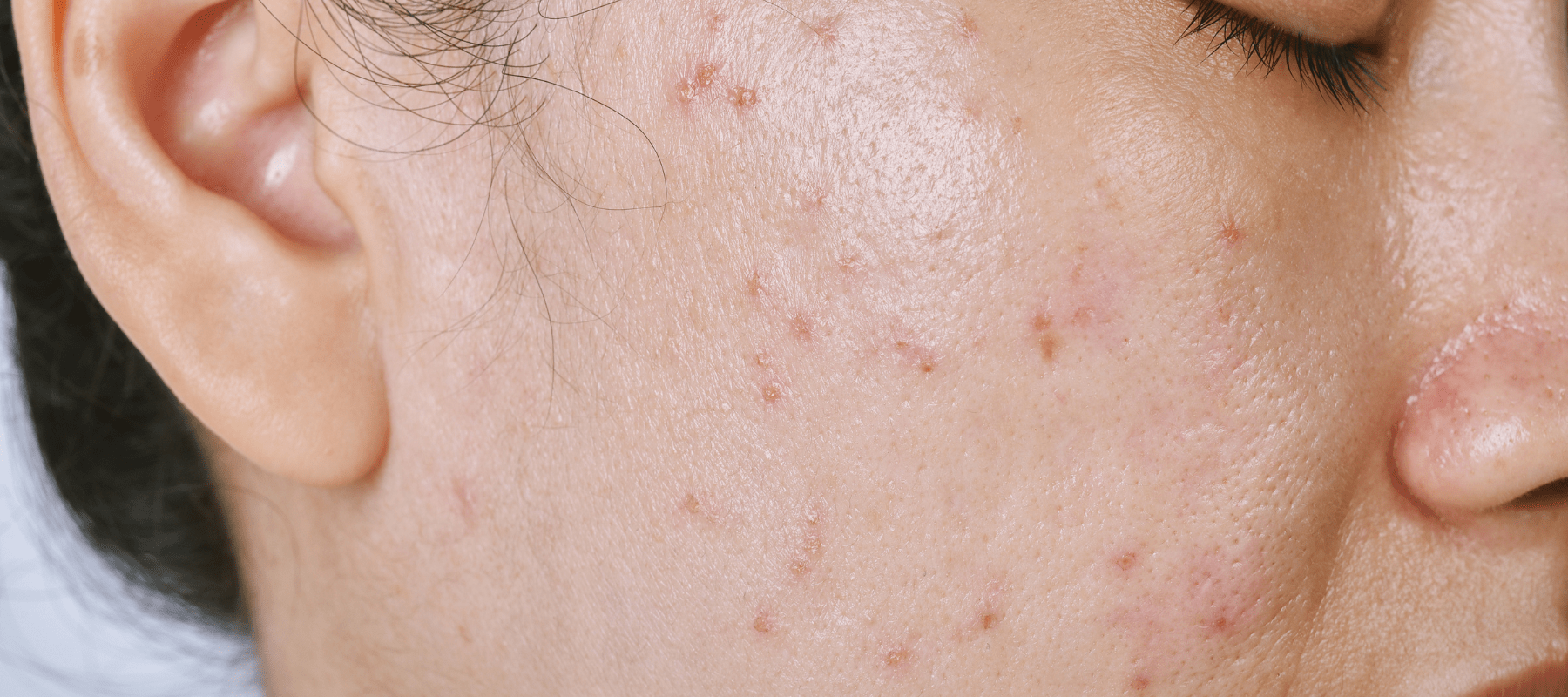
Understanding Sebum: What is it and How Does it Affect Your Skin?
Sebum is an oily substance that the sebaceous glands create. It combines lipid and fat molecules to create a protective layer on the skin's surface. This article explores an in-depth overview of ‘what is sebum on face’ while emphasizing how to reduce them.
Introduction: What is Sebum?
Sebum–an oily, waxy substance protects, moisturizes, and coats skin. It's also the main component of what you may consider natural oils in your body. So, what precisely is sebum formed of, then?
As per the latest Harvard Medical School study, sebum on the face is a complex blend of not only fat and lips but also waxes, carbohydrates, and other natural substances. Hence, all these build up a protective barrier over the skin to protect it from water evaporation.
Now that you know ‘what is sebum,’ let’s look at how it affects acne and how to reduce its excess production.
How Does Sebum Affect the Skin?
Sebum is distributed throughout the body, which benefits skin health in various ways.
- Sebum is necessary for flexible skin. However, to avoid causing skin irritation, the levels of released lipids must be carefully adjusted.
- Also, squalene defends your skin against sunburn and UV radiation damage.
- Sebum has proved to protect against fungal infections like ringworm, which might clarify why youngsters, who produce little to no sebum, are more vulnerable to the skin condition.
Skin issues can result from excess or inadequate sebum production.
- Sebum Overproduction: Sebum overproduction can cause acne or greasy skin. That’s because sebum can plug pores, making them a haven for bacteria.
- Sebum Underproduction: Sebum deficiency can cause dry, itchy, or cracked skin. This is due to improper upkeep of the skin's natural barrier.
The Role of Sebum in Acne
Sebum production can increase when hormone levels rise, especially throughout puberty. Also, the overproduction of sebum and dead skin cells can clog pores and result in acne lesions like pimples and blisters.
Here’s how sebum on the skin contributes to acne:
- Sebum production rises throughout puberty because of the hormonal changes that occur during this time. Perhaps, teenagers get sebum pimples the most for this reason.
- Sebum can clog pores when combined with dead skin cells and other debris. So, this fosters the growth of germs, which can result in acne.
- The body's immune system reacts by directing white blood cells to the portion where pores have blocked up, causing inflammation. Also, this may result in acne-related inflammation, swelling, redness, and pain.
Factors That Increase Sebum Production
Here is a table representing factors responsible for excess sebum on the face:
|
Hormones |
It is more typical for people to have oily skin when their androgens (male hormones) levels are high since these hormones affect sebum production. |
|
Age |
Sebum production in your face and body reduces as you age. That’s why older adults are more susceptible to having dry skin than younger adults. |
|
Diet |
Some diets, including dairy products and sugary foods, can trigger sebum production. |
|
Environmental Factors |
Sebum production can be increased by extreme heat, humidity, and exposure to harsh chemicals. |
|
Medications |
Some medicines, such as steroids, can increase sebum production. |
How to Reduce Excess Sebum Production on the Face
People may typically regulate oily skin and excessive sebum production using products like benzoyl peroxide, beta-hydroxy acids, glycolic acid, and salicylic acid. Here, The Pink Foundry skincare products can be helpful if you discover that you produce too much sebum.
Step 1: Use Our Acne Cleanser To Cleanse Your Skin
Wash your face using Acne cleanser by The Pink Foundry which consists of Salicylic Acid, Zinca PCA, Cica and lemongrass extract helping in clearing the dirt and bacteria and preventing future breakout. It also helps in controlling oil/sebum production.Step 2: Apply The Best Acne-Combating Skin Moisturizer
Remember that your skin will create more sebum to compensate for excessive drying. Given that, moisturizing is still essential. So, pick a product like our Pink Foundry Acne Care & Healing Moisturiser, which leverages antioxidant and mineral formulas to minimize oil production while providing long-lasting hydration.
Step 2: Work On Your Diet
It can do wonders to concentrate on eating a fresh, diversified diet. Fish, eggs, vegetables, legumes, and nuts are examples of foods high in sulfur that can help lower excessive sebum levels.
Also Read: How To Create A Healthy Diet For Glowing Skin
Alternatives to Reducing Sebum Production
- Washing your face twice daily eliminates excess sebum and grime from the skin.
- A non-comedogenic moisturizer to keep the face nourished without blocking pores.
- Using blotting papers might help you eliminate extra sebum all day.
- Clay masks can assist in drawing out extra oil and sebum from the skin.
Conclusion
Sebum imbalances might result in skin problems. So it's crucial to find the ideal balance. To assist you in finding the right skincare solution for your excess sebum and associated acne problem, The Pink Foundry brings a line of special edition products for all skin types.
However, we advise visiting a dermatologist if your skin condition doesn’t improve even after a few months.
FAQs:
What does sebum do?
Sebum, which is made up of lipids, aids in retaining moisture in the skin and shields it from UV rays. Even better, it aids in the resistance of some bacteria, shielding your skin and body from infection.
Can sebum be removed?
Clay masks, soaps, and other topicals can often address problems brought on by excess or insufficient sebum.
Is excess sebum beneficial?
Skin issues might result from having excessive or insufficient sebum. Insufficient sebum production can cause itchy, chapped, or flaky skin, while excessive sebum production can cause oily skin or acne.






















































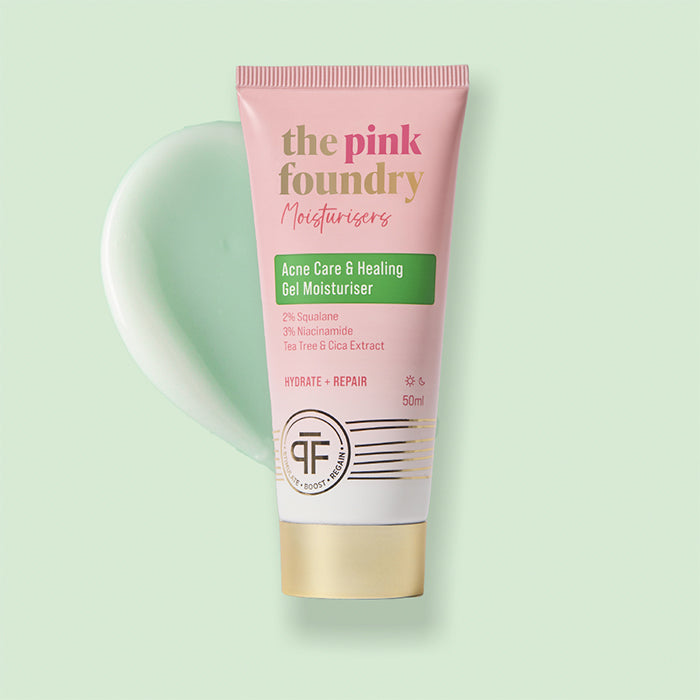
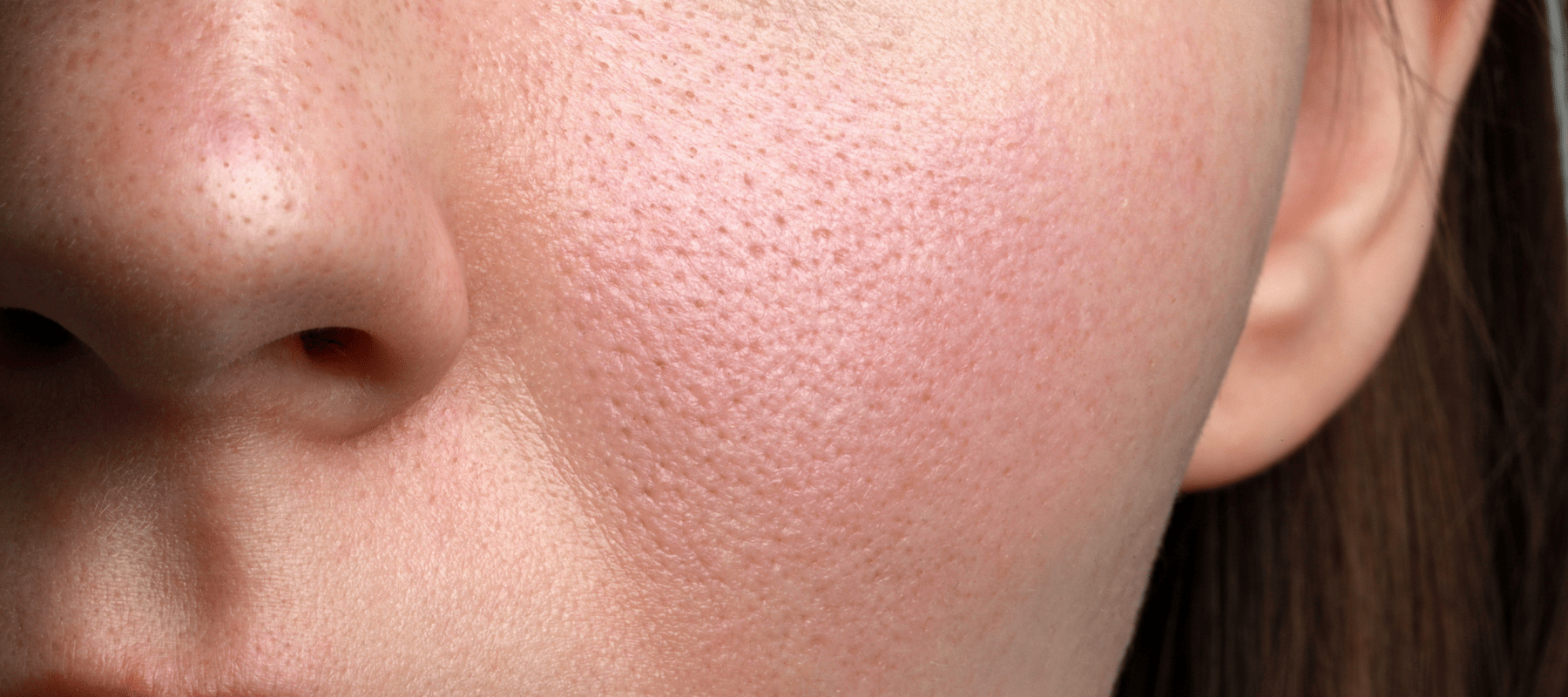
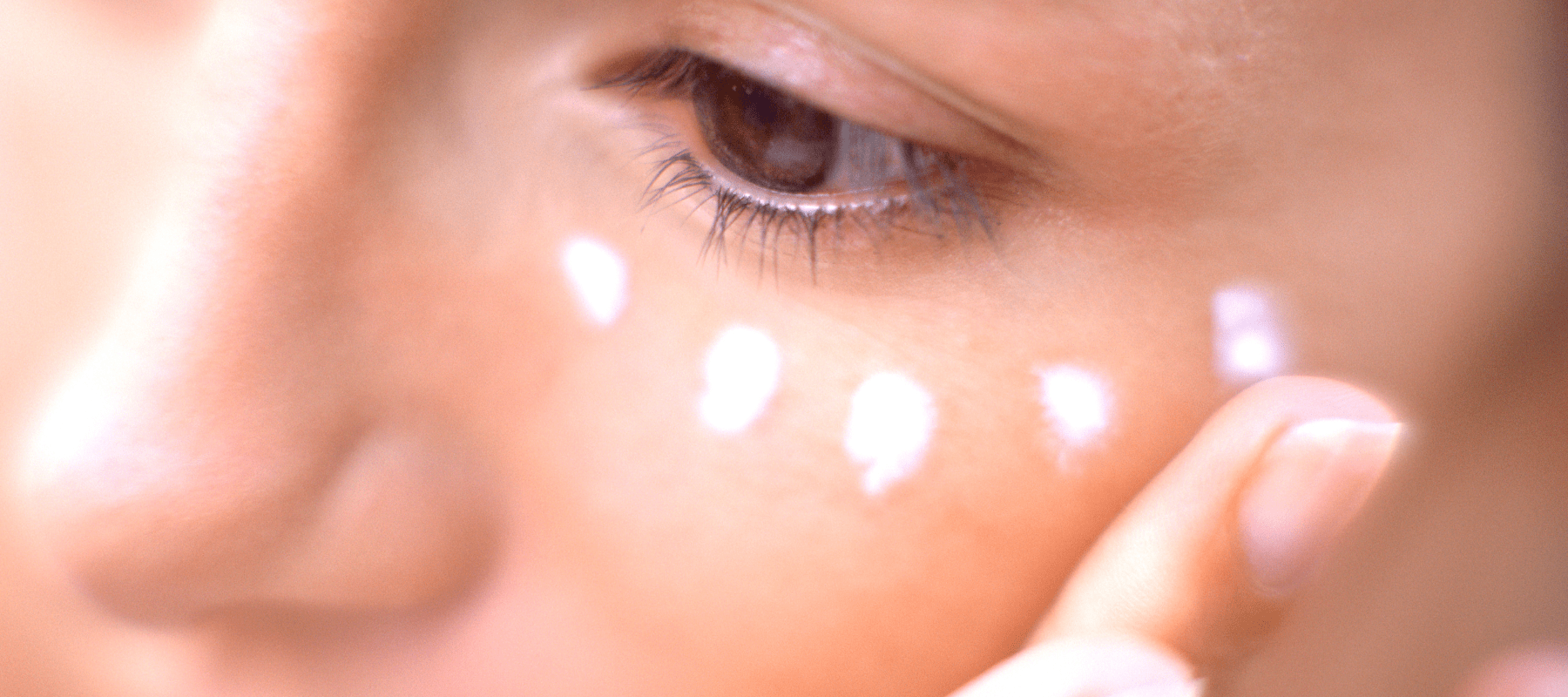
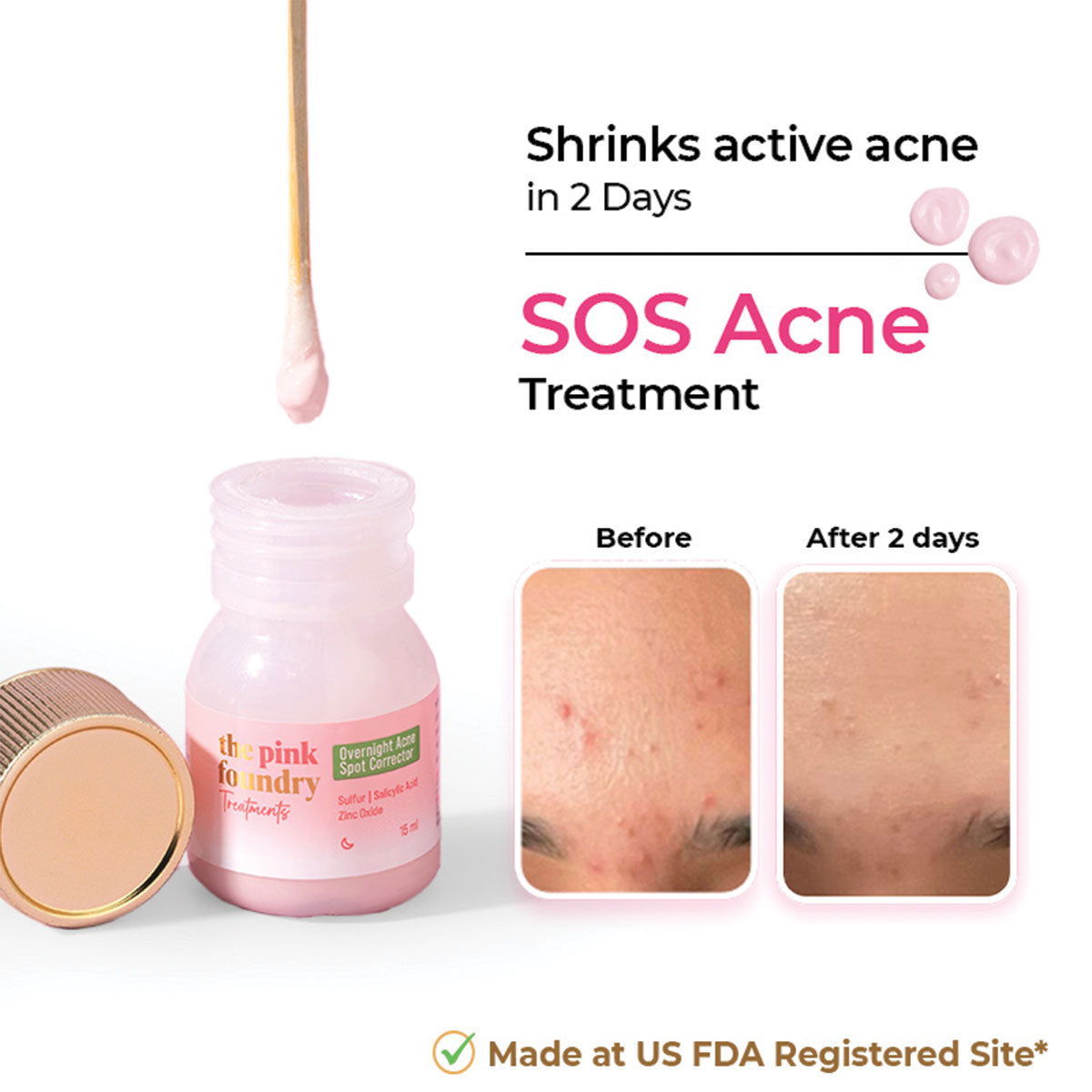
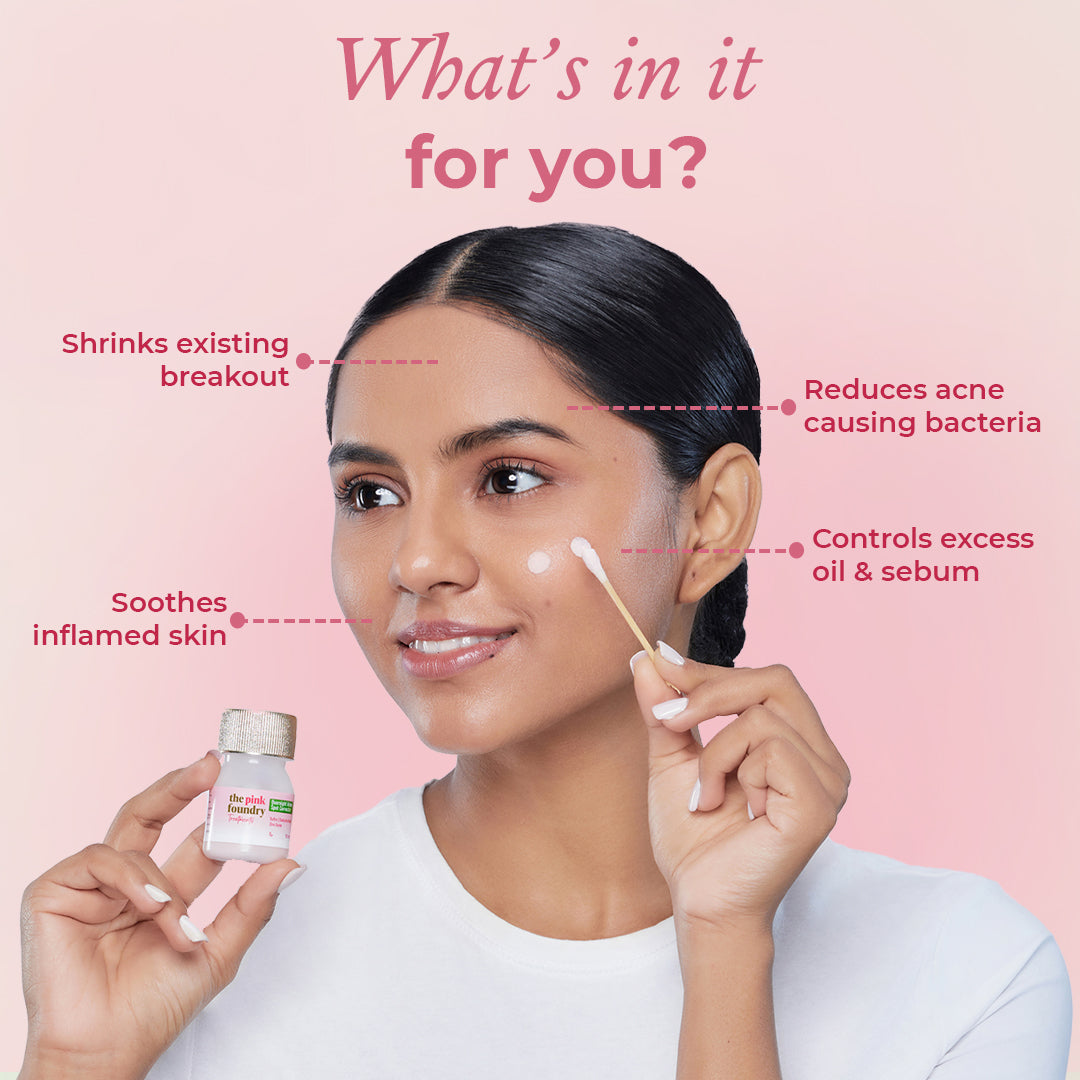
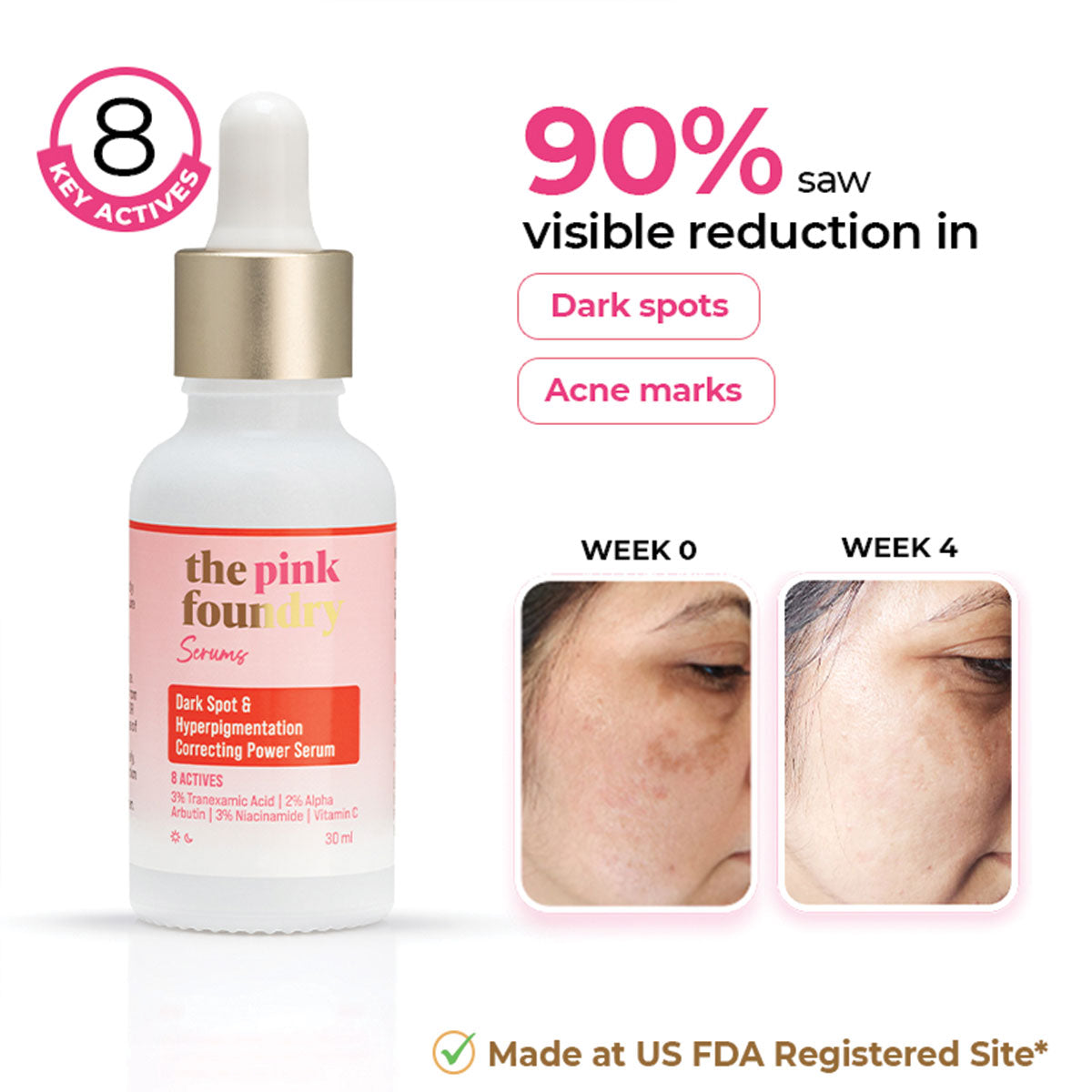
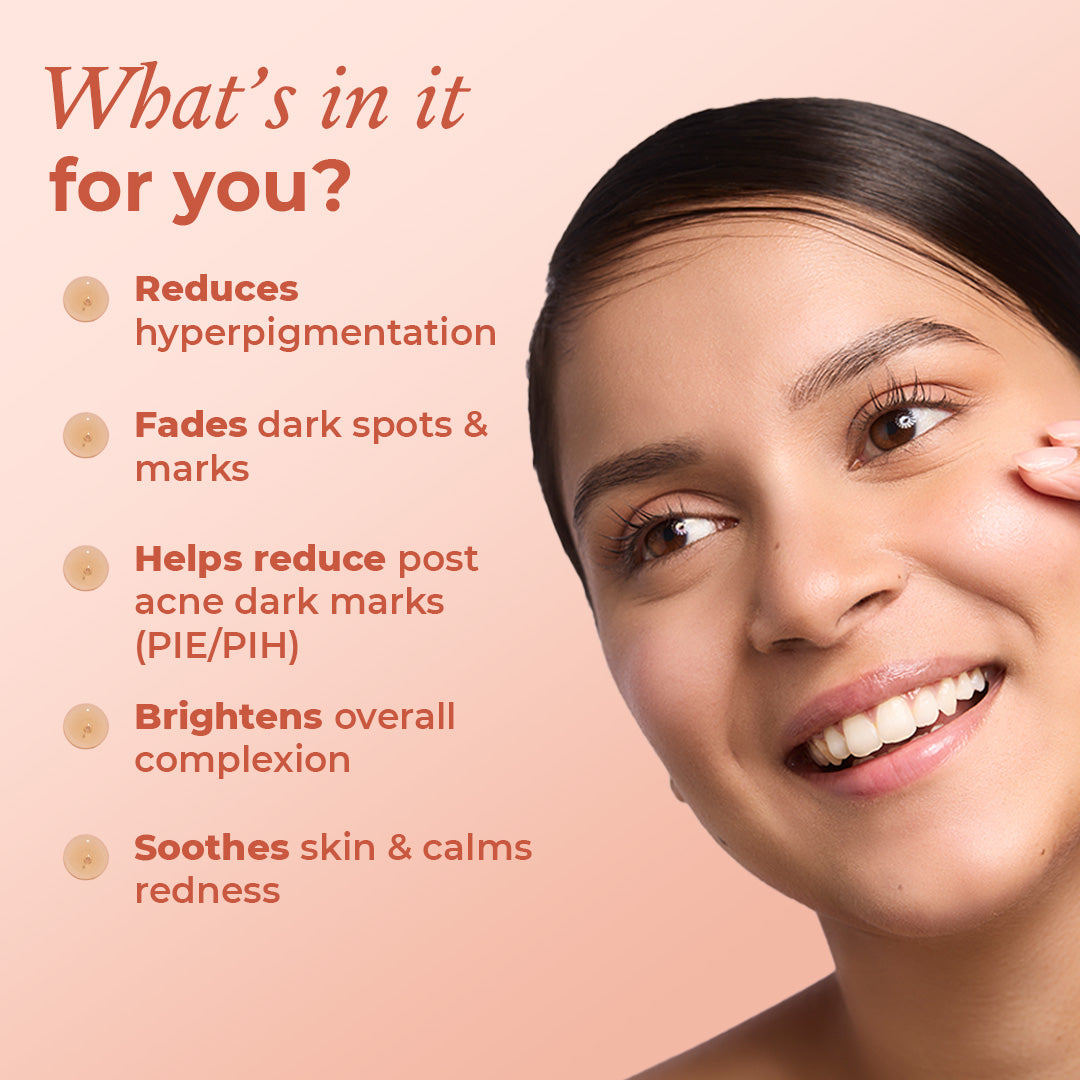
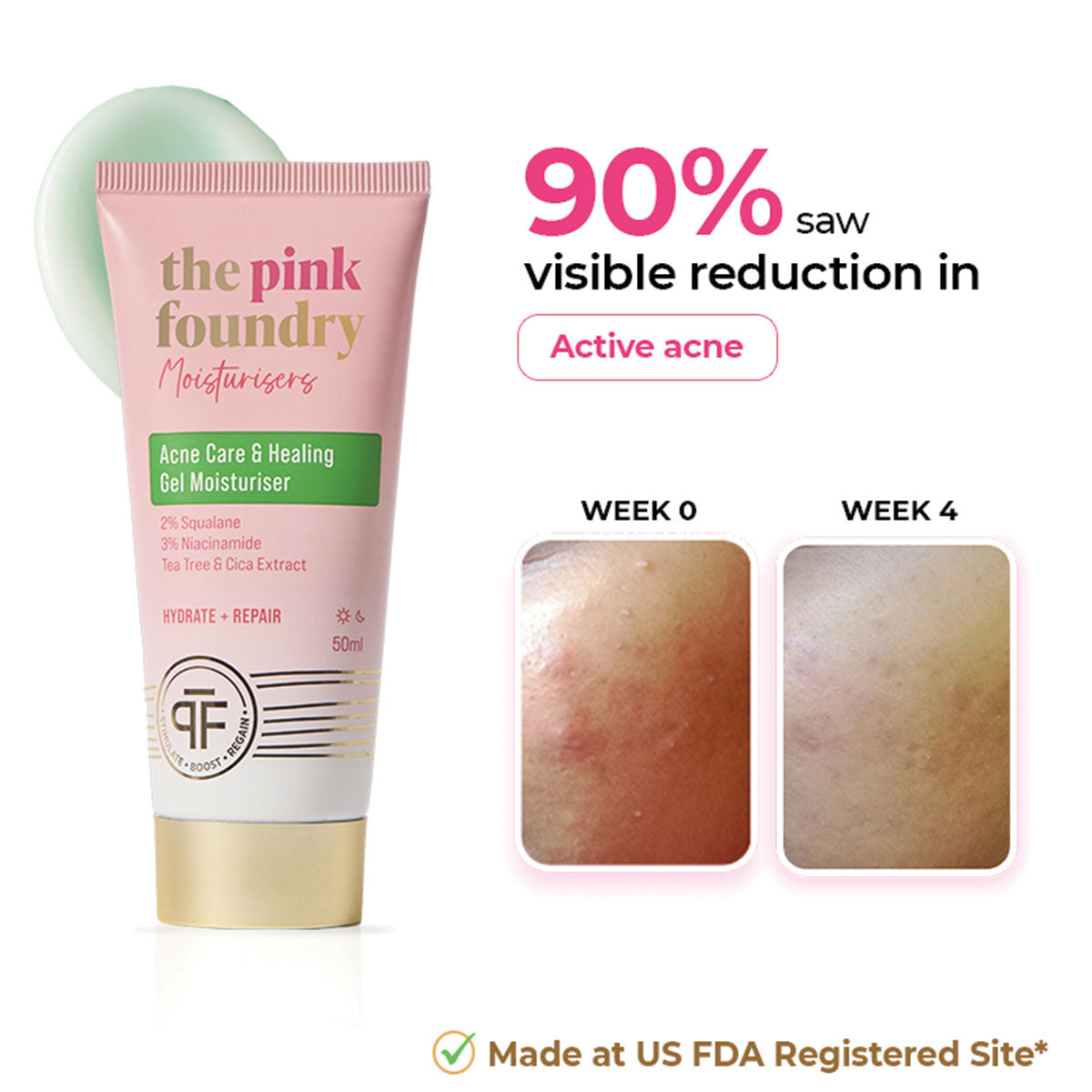
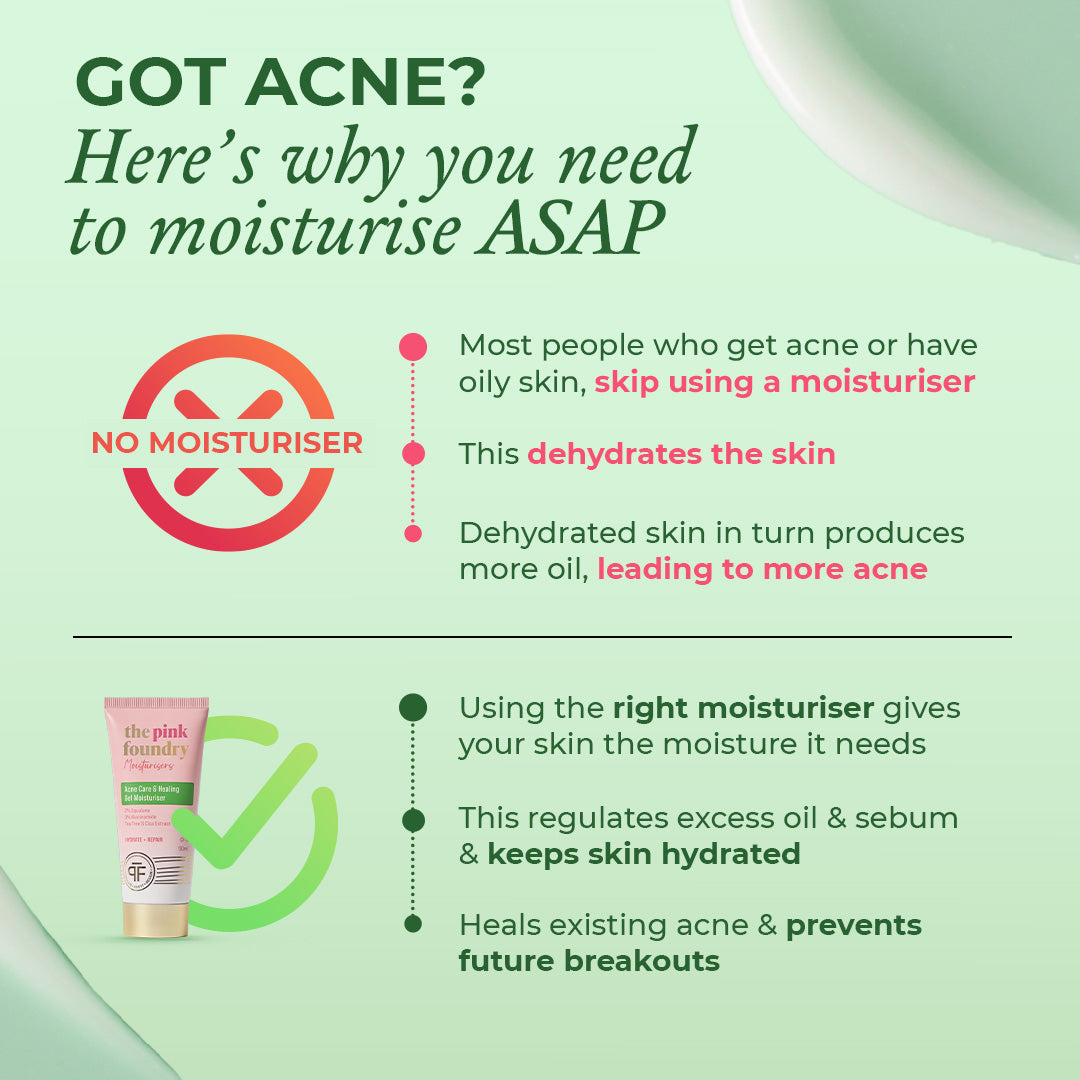
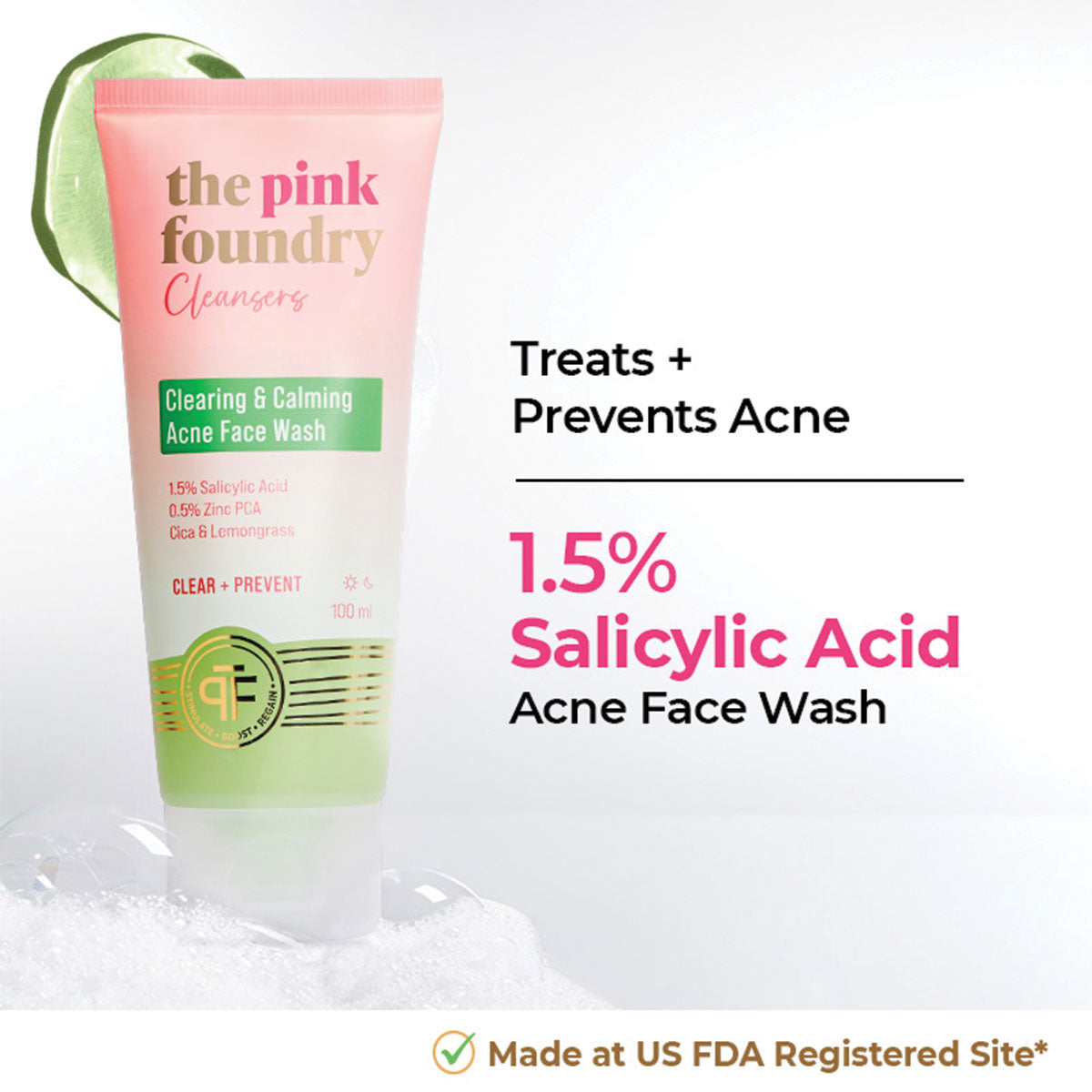
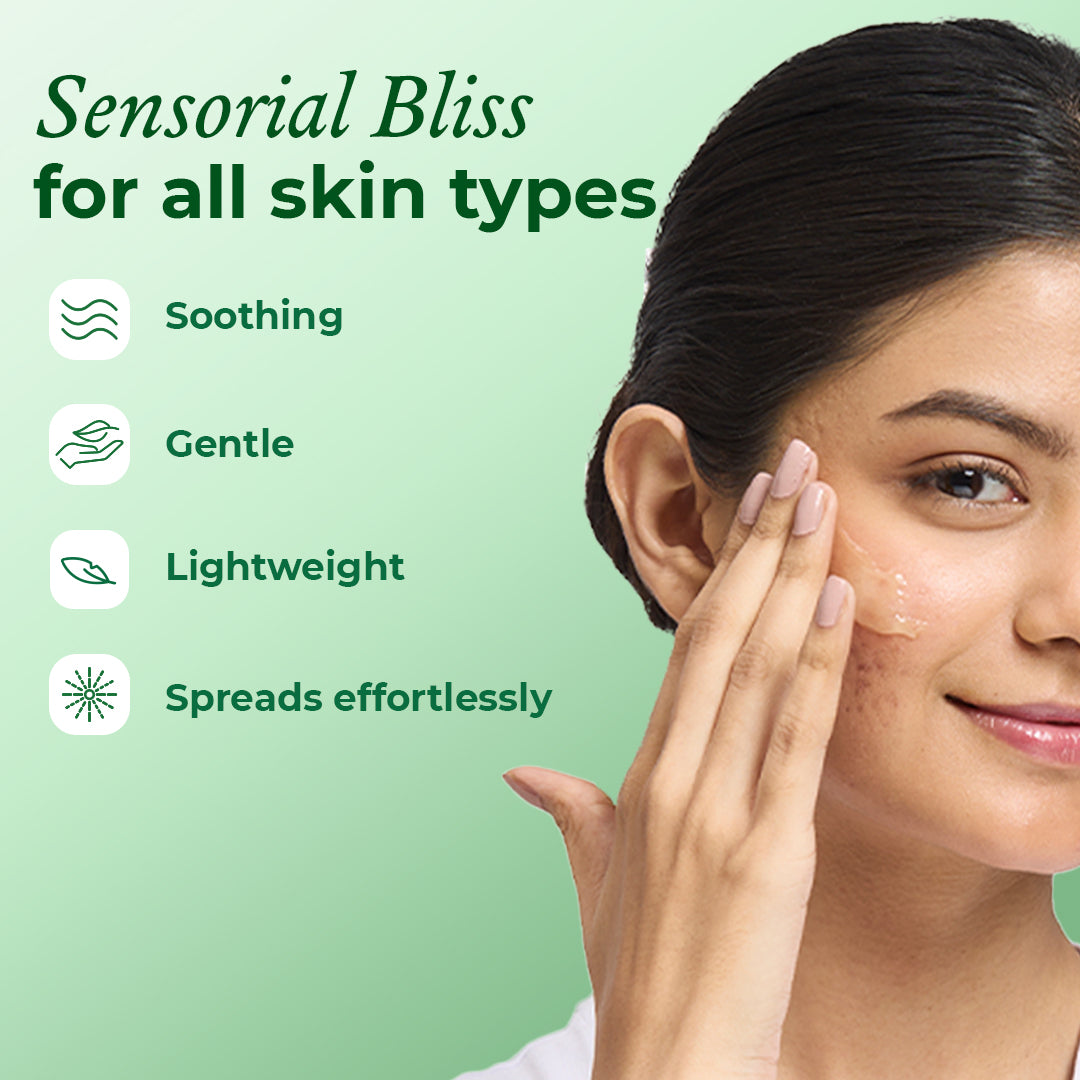
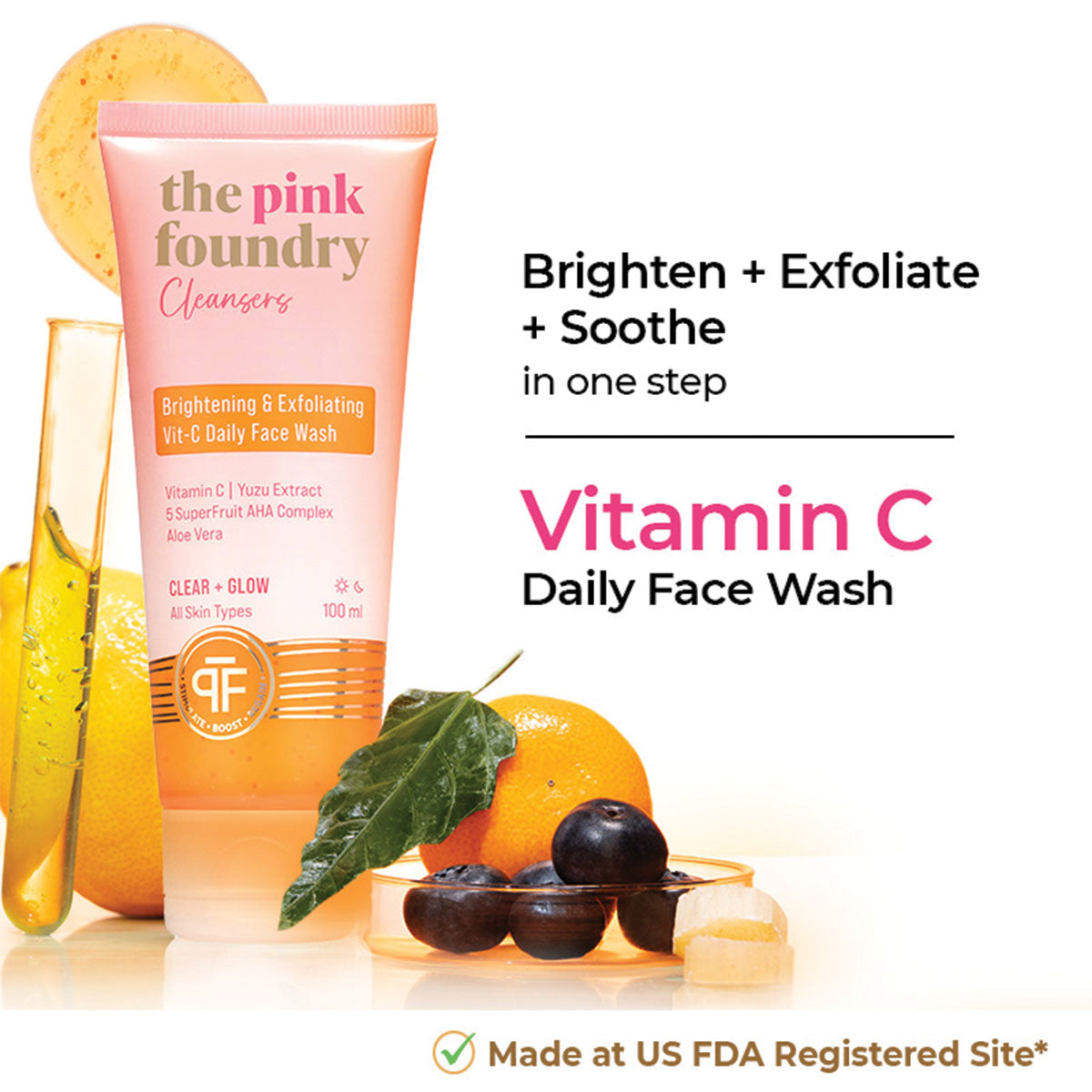
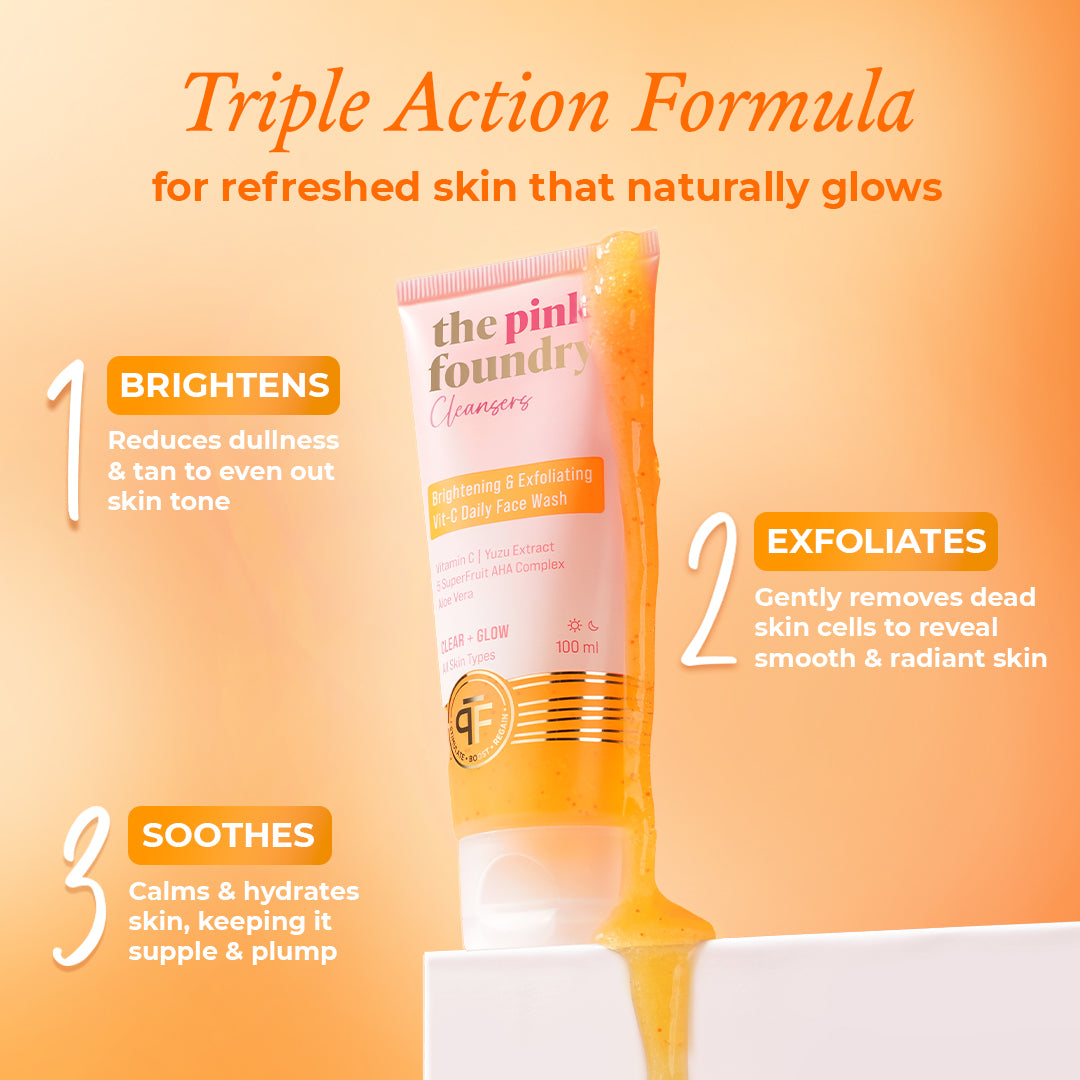

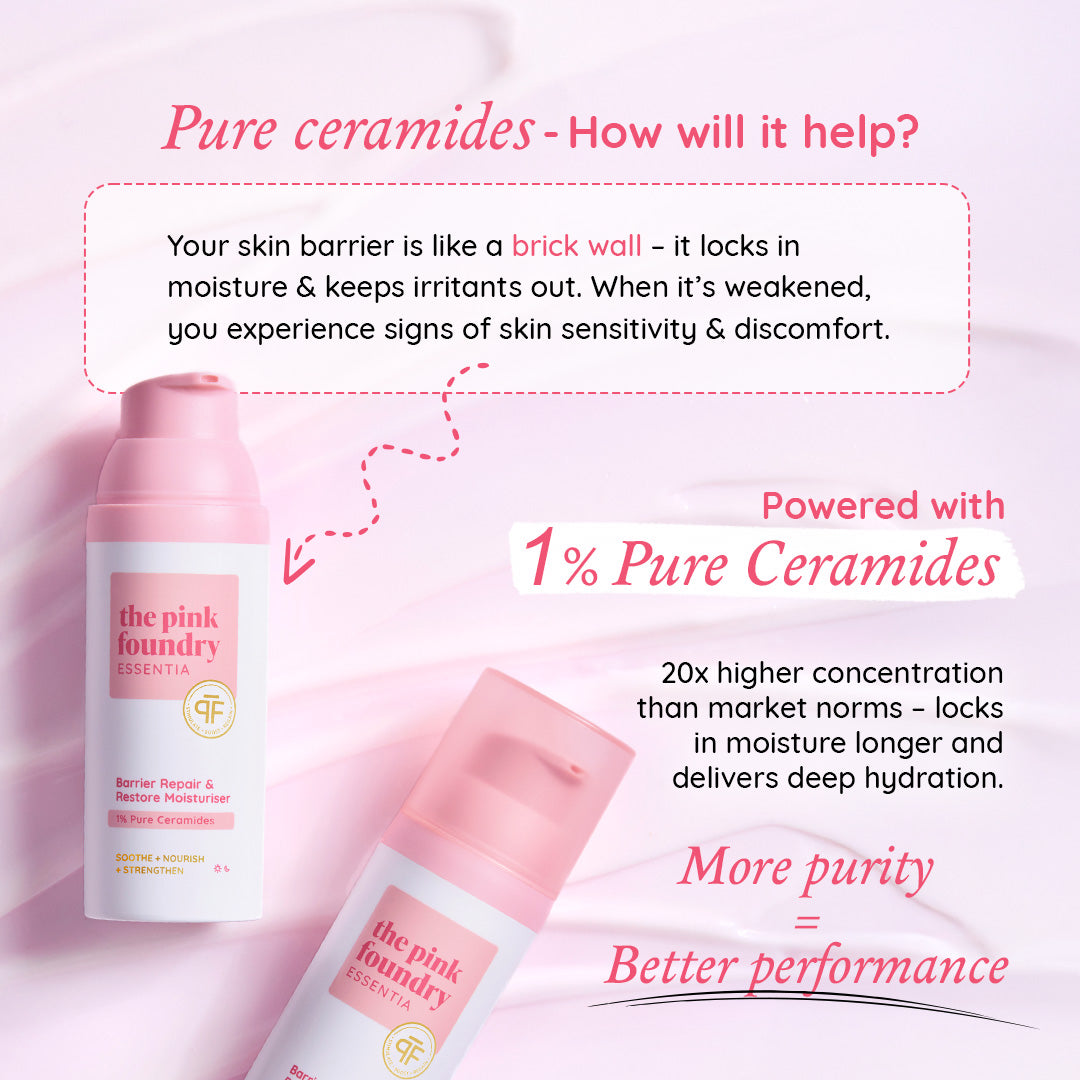




Leave a comment
This site is protected by hCaptcha and the hCaptcha Privacy Policy and Terms of Service apply.